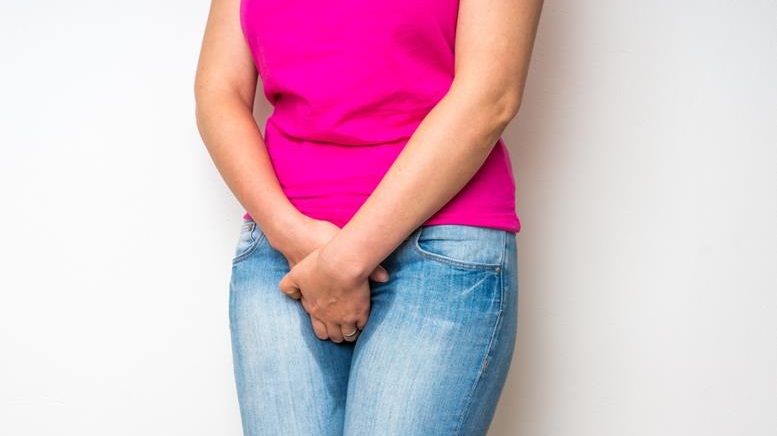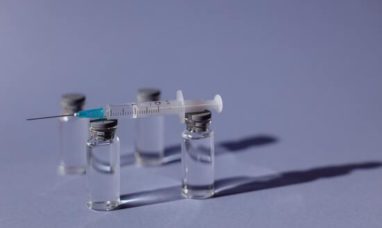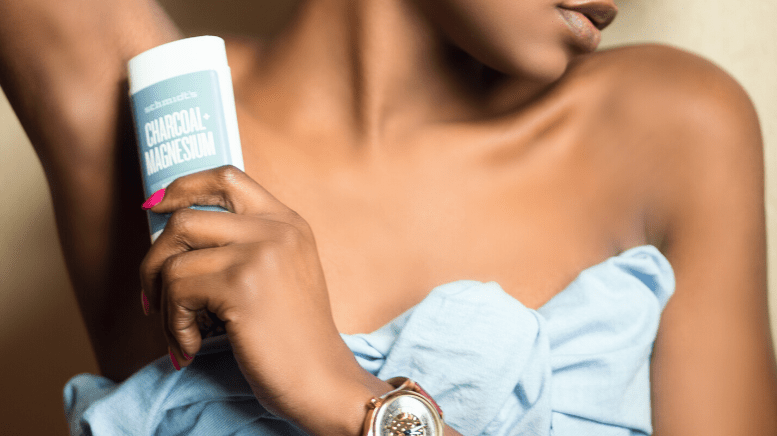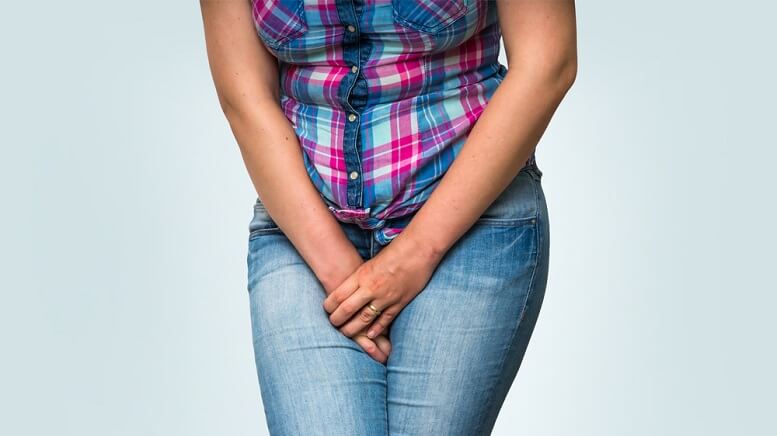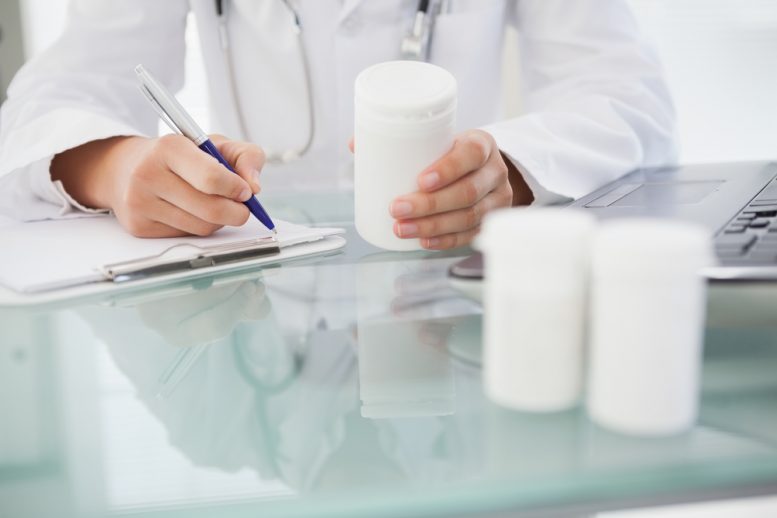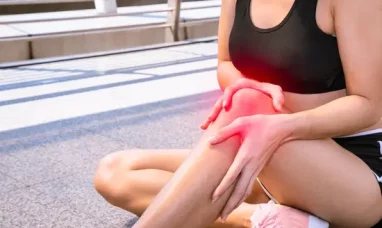Urinary incontinence – the loss of bladder control – is a very common albeit embarrassing problem that plagues a number of people. It is the involuntary leakage of urine, meaning individuals who suffer from urinary incontinence will urinate when they do not want to.
Here we look at the causes, types, symptoms and treatments of urinary incontinence:
Causes:
Urinary incontinence can be temporary and can be caused by certain foods, drinks and medications that stimulate the bladder. Other temporary issues that can cause urinary incontinence are easily treatable conditions like constipation and urinary tract infection. It can also be a persistent condition caused by underlying physical problems or changes to the body including menopause, childbirth, hysterectomy, prostate cancer and age.
Symptoms:
- leaking urine during activities such as lifting, sneezing, coughing, bending, jumping or exercising
- feeling a sudden and strong urge to urinate right away and not being able to reach the toilet
- leaking urine without any warning or urge
- wetting your bed during sleep
Types:
Although there are several, the most common types of urinary incontinence are:
- urge incontinence
- stress incontinence
- functional incontinence
- overflow incontinence
- mixed urinary incontinence
Treatments:
Treatments will depend on several factors such as the type of incontinence, its severity, the underlying cause, the patient’s age, general health, and their mental state. Normally, a combination of treatments may be needed.
Behavioral Techniques
- Bladder training: Trying to hold off for 10 minutes every time you feel the urge to urinate is one technique that is used to train the bladder.
- Double voiding: Urinating then waiting a few minutes and trying again can help you learn to empty your bladder completely to avoid overflow incontinence.
- Toilet timetable: scheduling bathroom breaks at set times during the day, for example, every 2 hours.
- Fluid and diet management: Cut back on or avoid caffeine, alcohol and acidic foods. Reducing the level of liquids you consume, losing weight and increasing exercise can also ease urinary incontinence.
Medication
Medications commonly used to treat incontinence are including anticholinergics, mirabegron (myrbetriq), alpha blockers and topical estrogen.
Medical Devices
Several medical devices have been designed to treat women with incontinence including:
- Urethral inserts
- Pessary
- Radiofrequency therapy
Interventional Therapies
Interventional therapies that may help with urinary incontinence include:
- Bulking material injections
- Botox (botulinum toxin type A)
- Sacral nerve stimulator
Surgery
Surgery is an option for those who find other therapies do not work. In fact, there are several surgical procedures that can treat the problems caused by urinary incontinence:
- Sling procedures
- Bladder neck suspension
- Prolapse surgery
- Artificial urinary sphincter
Other Options
If medical treatments aren’t able to completely eliminate urinary incontinence, you can try products that help ease the inconvenience and discomfort that comes with this disorder.
Urinary Catheter: A tube that is inserted into the bladder through the urethra, out of the body into a bag which collects urine.
Absorbent pads: Absorbent pads are available over-the-counter at pharmacies and supermarkets, as well as online.
Original source: http://findquickanswers.com/urinary-incontinence-guidelines/
Featured Image: Depositphotos © andriano_cz



